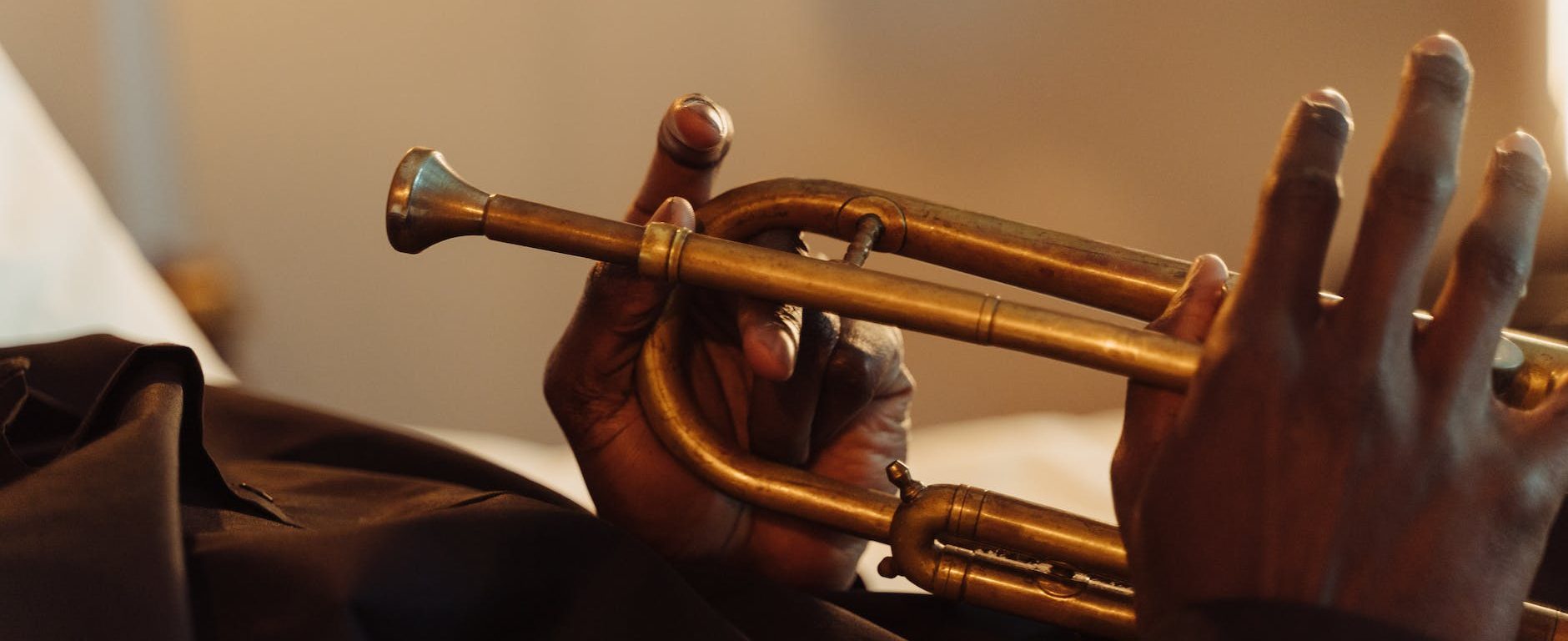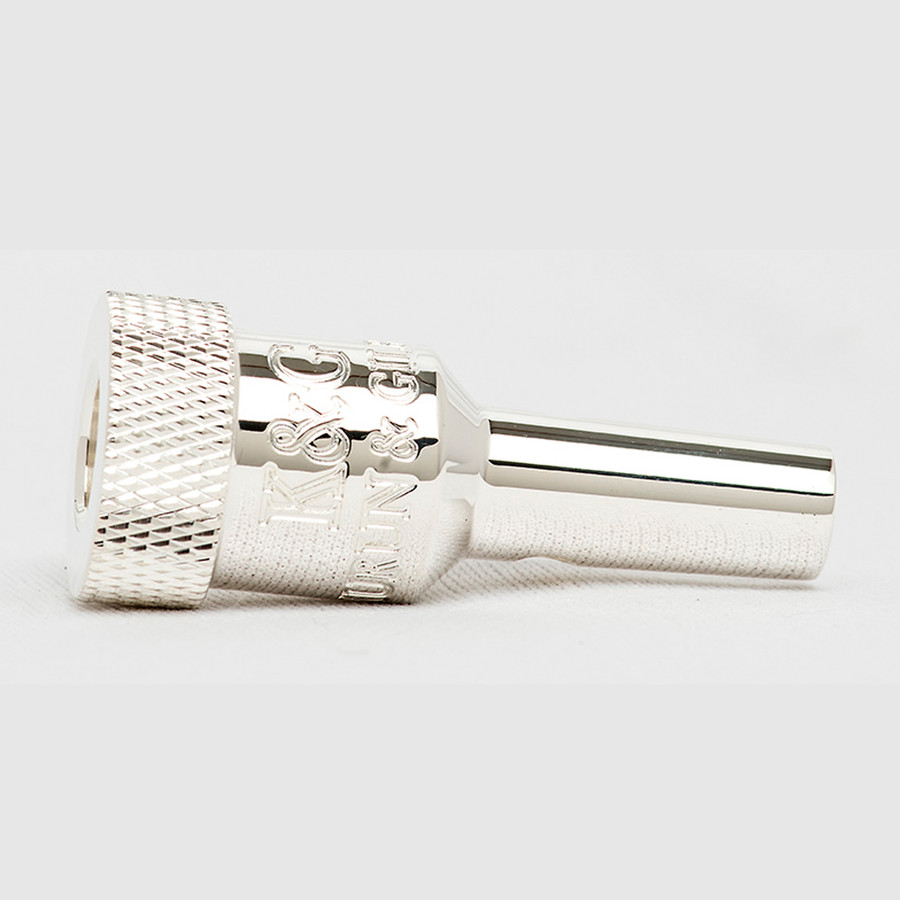How does a brass instrument work?
We talk a lot about brass instruments here but how often do we think how the things actually work? I recently asked a student that very question and interestingly they didn’t really know the mechanics of how the sound is produced.
Basically there is a column of air which emanates from the lungs, passes through the trachea past the throat and into the mouth where it is then expelled into the mouthpiece via the lips which vibrate to produce the sound.
That then is the process in a nutshell, but there is a lot more to it than that.
Breathing in
Before we can blow out we have to breathe in and that is a process of the muscles around the diaphragm and in the torso moving outwards to create a lower pressure within the lungs. This means that air from the outside is at a higher pressure and rushes into the lungs. This is of course a natural process that we all do everyday. Breathing in to play a brass instrument is the same except that we try to make the movement bigger to take in more air.
Buzzing on the mouthpiece
After that it is mainly all down to the mouthpiece, which was once described to me as the engine or the workhorse, the rest of the instrument just being an elaborate amplifier. This is a very apt description and is why work on buzzing the mouthpiece can be very useful.
It is actually very difficult to play a tune on a mouthpiece alone as the amount of air needed is disproportionate to the sound that comes out. It is though invaluable to help improving the airflow and energy to produce the note. There are also a couple of aids to this.
As has been said, the mouthpiece is difficult to get a note out of but there are ways to direct the sound. The old fashioned way was to find a short piece of tubing that fits over the end of the mouthpiece. This improves the experience and does make it easier to blow without the instrument.
Aids to help buzzing
Nowadays there are gadgets you can place at the end of the mouthpiece which achieves the same aim. One example is the K&G mouthpiece buzzer (illustrated, but there are others available), into which the mouthpiece fits and allows effective buzzing.
Once we have sufficient air then the airstream that is produced when exhaling has to be at a certain energy, otherwise the lips don’t get a chance to vibrate. This energy is provided by the muscles around the diaphragm compressing the lungs and forcing the air through the lips under pressure. If the lips are in the right place and at the correct tension then the desired note is emitted
There is also something called a BERP, interesting name, which fits into the mouthpiece socket of the instrument. The mouthpiece fits into the device but is offset from the instrument. So that the player can simulate playing the instrument whilst blowing only through the mouthpiece. This device therefore aids not only the sound and blowing, but also the co-ordination between the lips and the slide/valves.
The final element of this is the direction of the airflow in the mouthpiece. A good embouchure is critical for this, particularly for higher notes of any brass instrument. Otherwise the lips don’t have a secure framework in which to operate. This will help to focus the airflow so that the lips are then able to vibrate and produce a sound. The only other consideration is the width of the air stream to create a warm and pleasant sound.
Conclusion
So, How does a brass instrument work? Ultimately the sound of a brass instrument is almost totally dependant on the generation of a good airstream. If a player can control that airflow then they are giving themselves a high chance of becoming a better brass player.




